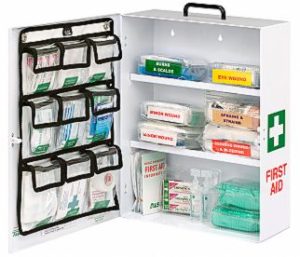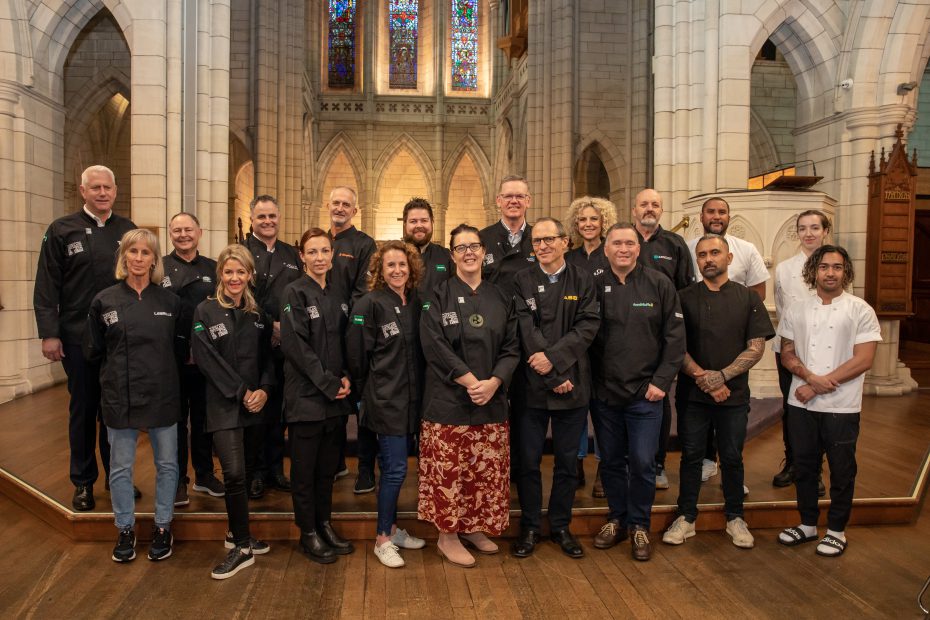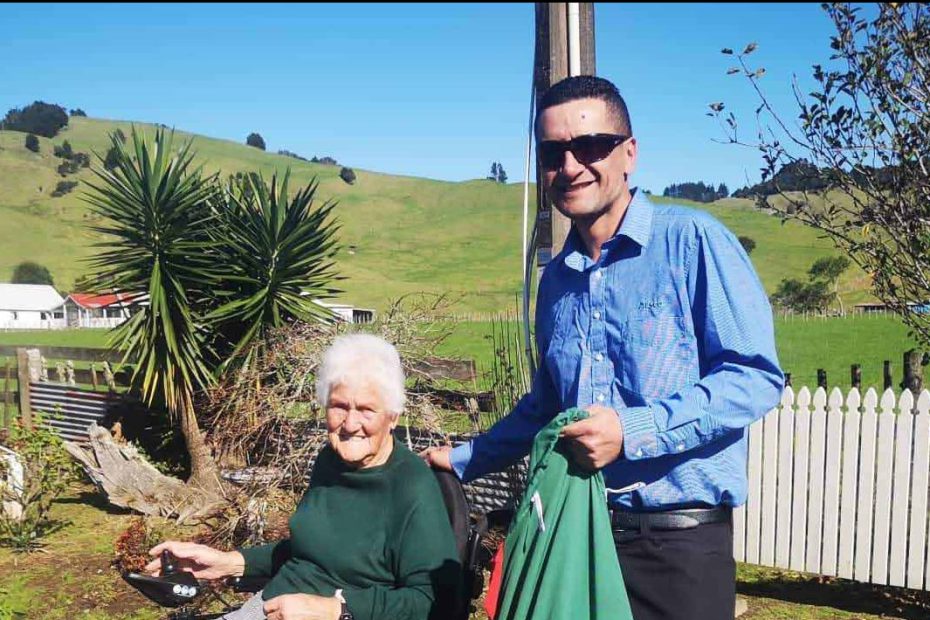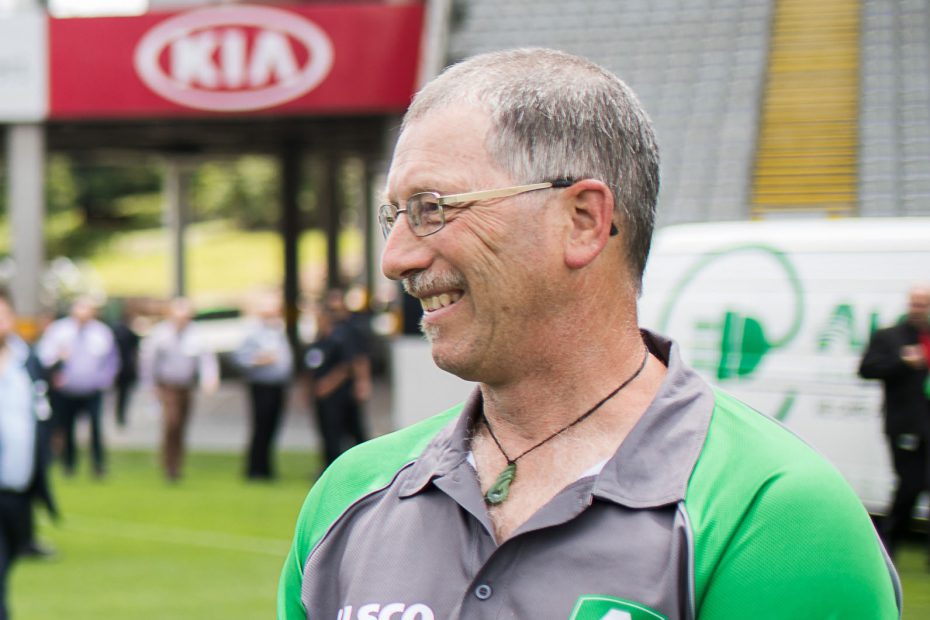New Zealand is a culturally diverse country. For many, English is a second language used in conjunction with other languages.
This poses a challenge according to New Zealand’s Office of Ethnic Communities:
“Proficiency in English allows people to integrate into society. Essentially, if people cannot speak English they will have difficulty connecting with others living here and interacting with most businesses, services and government agencies.”
Now, picture this in the context of an emergency. Keep in mind that whether you or someone you know will need first aid is a matter of “when”, not “if”.
“The danger which is least expected soonest comes to us.” – Voltaire, French poet and dramatist
If you’re unable to properly convey information in such a situation, it’s likely that you or another affected person may not be assisted properly and quickly.
Too much time will be taken trying to create understanding between you and the medics.
Time is of the essence; it determines whether a victim’s life is saved or if they succumb.
If English isn’t your first language, something can be done to fix this.
This article contains important first aid vocabulary. Familiarising yourself with it will help you respond better when the need arises.
First Aid
Worksafe New Zealand defines first aid as the immediate, basic care given to an injured or sick person.
This is before a doctor, a health professional or an emergency service provider takes over their treatment.
First aid aims to preserve life and minimise serious injury by:
- maintaining breathing and circulation
- stopping excessive blood loss
- immobilising broken bones
When any of the above is done to a wounded or injured person, we say that first aid has been administered.
We can also say that a person has been attended to.
New Zealand’s Emergency Number
The line to use in the event of an emergency is 111.
EMS/First responders
Once the call is made, the team that receives your message and dispatches an ambulance to the scene is referred to as Emergency Medical Services (EMS).
These emergency medical technicians are also called first responders because they address the situation before anyone else.
Usually, they have medical training to provide basic care before and during a patient’s transfer to the hospital.
Paramedics
Paramedics differ from first responders as they have specialised training on how to provide a wide range of medical services before and on the way to the hospital.
For instance, a paramedic would correctly use a defibrillator to get the heart beating normally again.
DRSABCD
It is crucial to understand this acronym which describes the correct steps to take when handling an emergency.
DRSABCD stands for:
Danger
The first step is to check for anything in the vicinity that could compromise your safety or that of other people.
This includes:
- Distressed persons that could harm themselves or cause further injury to affected persons
- Electricity (e.g., naked wires)
- Traffic such as vehicles and bystanders/curious onlookers
- Chemicals, as they could be toxic or flammable
- Fumes which may cause respiratory problems if inhaled
- Fire and smoke
- Sharp objects such as shards of glass
- Unstable structures
Response
Next, you should check whether the victim is responsive or has lost consciousness.
Send
Send for help by calling 111.
Airway
Check if anything is obstructing the airway and look for signs of life.
Breathing
Check if the victim is breathing normally.
Compressions
If they’re not, perform CPR compressions.
Defibrillation
This refers to normalising the rhythm of the heart or restarting it.
If someone’s having a heart attack, defibrillation sends an electric current through the body, getting the heart to continue pumping blood as it should.
Assess
This refers to the first responders’ efforts to understand the emergency situation before deciding on the most appropriate set of actions to take.
Stabilise
In the event that a person is badly injured, the EMS technicians will attend to them immediately (e.g., to stop excessive bleeding). This is done to keep their condition stable.
Demobilise
To demobilise means keeping the patient from moving, in order to prevent making an injury worse.
CPR
CPR stands for Cardio-Pulmonary Resuscitation.
It refers to the process of resuscitating someone if they’ve stopped breathing.
Neck Brace
A neck brace keeps an injured neck stable, preventing damage to the spine, which could result in a patient being paralysed.
Stretcher
The Collins Dictionary defines a stretcher as a light frame made from two long poles with a cover of soft material stretched between them. It is used for carrying ill or injured people (e.g., into an ambulance).
First Aid Essentials
Though first aid contents vary based on where and how they are used, some can be found in almost every kind of kit.
- Bandages
- Stitches
- Gauze (also called dressing)
- Antiseptic pads
- Ointment
- Scissors or tweezers
- Splint: prevents further damage (e.g., to a broken limb by keeping it from moving around)
Injury
Harm or physical damage sustained through an accident. This term is mostly used to describe getting hurt internally.
Wound
A wound is an external injury.
Therefore, all wounds are injuries but not all injuries are wounds.
Fracture
A fracture refers to the breaking of a bone. This can be anything from a simple crack to severe breakage.
Normally, fractures are brought about by trauma from more pressure than what the bone can handle.
It may also be caused by disease in the bone.
Muscle Strain
Muscle strain is the stretching of a muscle beyond its limit. It can also be a contraction of the muscle that’s too strong and causes damage to the fibres.
According to Harvard Health, there are different kinds of muscle strains based on their level of severity.
Bruise
A bruise is a common type of injury. When someone is bruised, the impact causes their capillaries to break and red blood cells to leak.
Because of this, discolouration forms around the injured area. It takes some time before the affected area returns to its normal state and a scar may remain.
Sprain
This is an injury to a ligament because of damage from twisting called a sprain.
A sprain may be caused by repetitive movements or a single stressful incident. The affected area experiences pain and even swelling.
Swelling
Swelling is the enlarging of skin, an organ or part of the body.
It occurs when fluid builds up or there is inflammation in the affected area.
Whiplash
Also called neck-strain, whiplash occurs when the head is suddenly jerked backwards or forward.
As a result, the muscles or tendons in the neck are injured.
Tendons are tissues which connect a muscle to a bone.
Stroke
A stroke is sometimes also called a “brain attack“.
It occurs when blood flow to a part of the brain is cut off.
Because the brain cells in this area are deprived of oxygen and glucose, they die. In many cases, this is caused by a clot in one of the brain’s arteries.
Dismembered
This is a serious injury whereby a part of the body has come off.
Don’t Stop Learning!
Safety is a continuous process. You should keep refreshing your knowledge and picking up new information that can help you and others along the way.
Now that you have a better understanding of first aid vocabulary in English, have a look at these first aid resources.
Photo: Rawpixel




